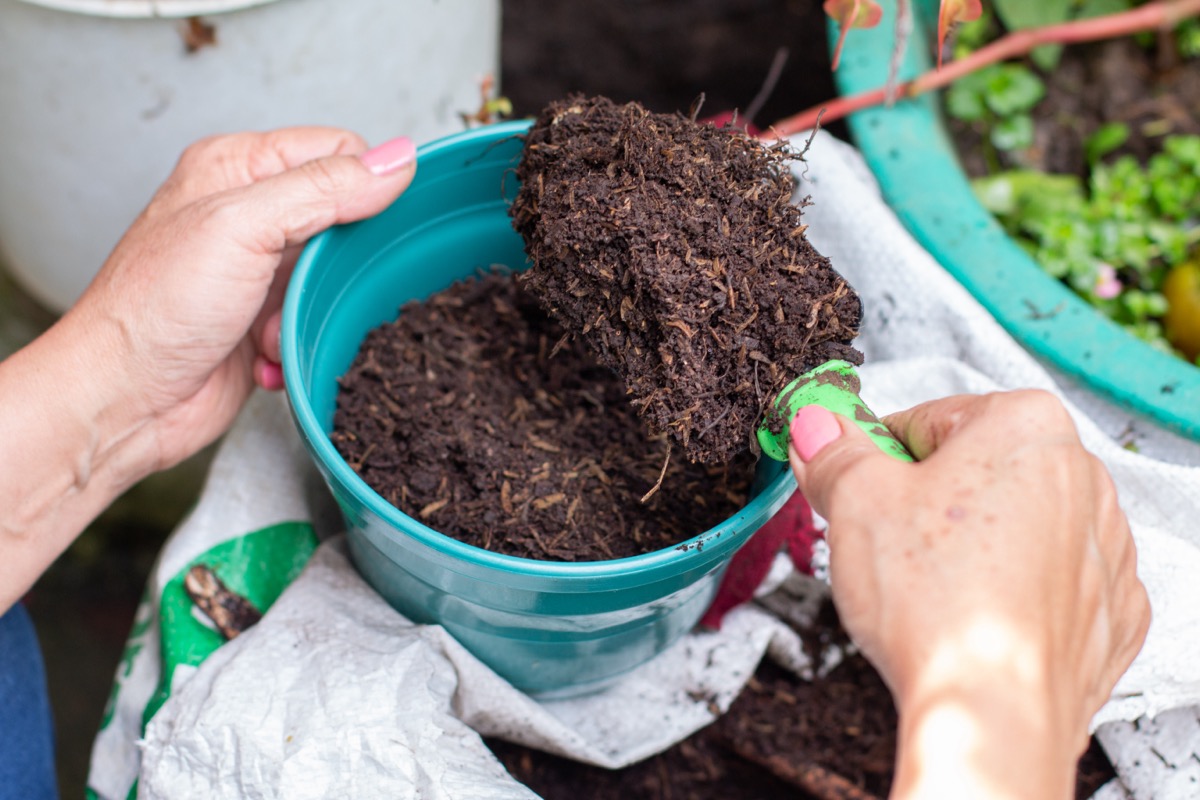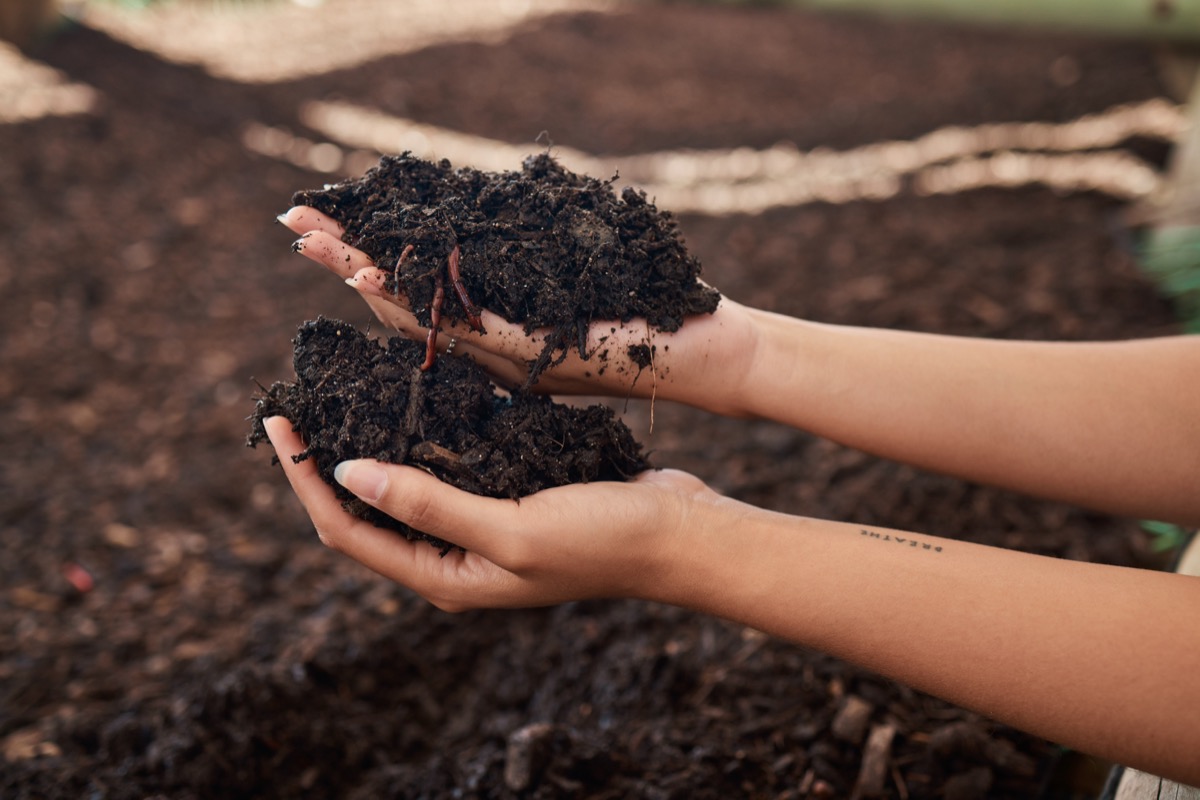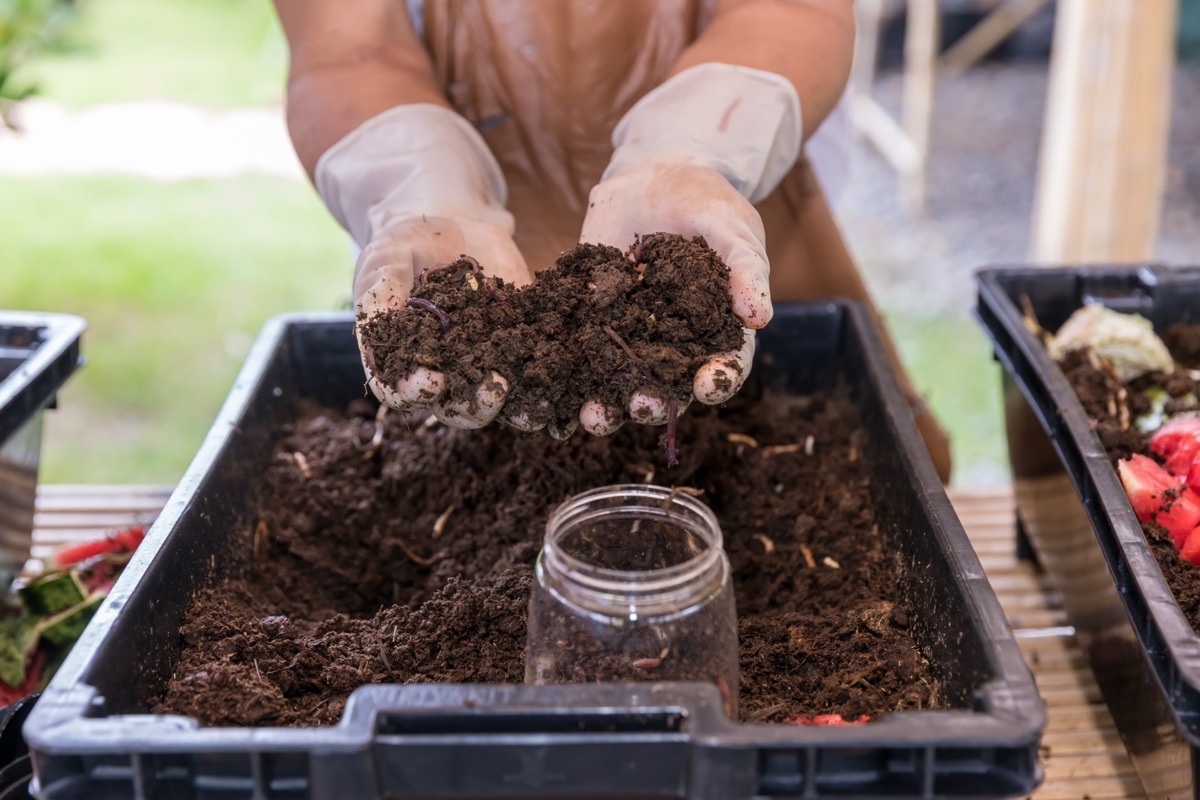Composting manure is a fantastic way to boost the health of your garden plants and reduce waste. By utilizing animal waste, you can create nutrient-rich compost that benefits both your crops and the environment. Composting manure involves breaking down organic matter into a valuable fertilizer through microbial activity.

Benefits of Composting Manure for Soil and Crops
Composting manure for your soil and crops can work wonders in your garden. It’s like giving them a nutrient-packed superfood boost. Not only does compost manure provide essential nutrients like nitrogen, phosphorus, and potassium to your plants, but it also improves soil structure. This means better water retention and drainage – vital for healthy root growth.
By recycling organic waste into valuable compost, you’re reducing landfill waste while creating a sustainable gardening practice. Plus, using homemade compost cuts down on the need for chemical fertilizers, promoting environmentally friendly gardening practices that benefit both you and the planet.
Selecting the Right Manure for Composting
Look for manures from herbivores like cows, horses, or rabbits, as they contain fewer harmful pathogens than carnivore manures. Consider the source of the manure; organic farms often provide high-quality manure free from synthetic chemicals that can harm your plants.
Avoid using pet waste or manure from sick animals, as they may introduce unwanted pathogens into your compost pile. Opt for well-aged manure over fresh to ensure a balanced nutrient profile and reduce the risk of burning your plants with excess nitrogen. Remember that different types of manure have varying nutrient levels, so choose based on what your soil needs.
Aerobic Composting: Methods and Best Practices
When it comes to aerobic composting, oxygen is the key to efficiently breaking down organic materials. This method requires turning or aerating the compost pile regularly to ensure proper airflow and decomposition. Mixing green and brown materials like manure with dry leaves or straw helps create a balanced carbon-to-nitrogen ratio essential for successful composting. Aerobic composting can be done using various techniques, such as the bin or tumbler method.
In case you missed it: Different Types of Manure for Your Garden Plants

In bins, layers of manure and other organic matter are stacked, allowing air circulation through ventilation holes. Tumblers provide an easier way to turn the pile without much physical effort. Maintaining moisture levels is crucial in aerobic composting; the ideal moisture content should resemble a damp sponge when squeezed. Monitoring temperature is also important; a range of 48-71°C indicates active decomposition.
Anaerobic Composting: Methods and Best Practices
Anaerobic composting differs from aerobic composting in that it breaks down organic materials without oxygen. It’s like a slow, steady dance between microorganisms that thrive in low-oxygen environments. To start anaerobic composting at home, you can use a sealed container to trap the gases produced during decomposition.
The key to successful anaerobic composting lies in maintaining the balance of green and brown materials, just like with aerobic methods. However, since oxygen isn’t present to speed up the breakdown process, patience is essential when practicing this technique. Some common items suitable for anaerobic composting include food scraps, yard waste, and manure.
Windrow Composting: Steps and Advantages
Windrow composting involves creating long piles (windrows) of materials that are regularly turned to aid decomposition. To start windrow composting, select a suitable location with good drainage and airflow. Form a long pile of manure mixed with carbon-rich materials like straw or leaves. Make sure the windrow is not too wide for proper aeration.
Turn the windrow regularly using a pitchfork or compost turner to incorporate oxygen and promote decomposition. Monitor the temperature within the pile, as heat indicates active decomposition. The advantage of windrow composting is its efficiency in breaking down organic matter quickly and producing nutrient-rich soil amendments for your garden. Additionally, this method helps control odors and pathogens commonly associated with raw manure.
Static Pile Composting: Techniques and Tips
Start by selecting a good location for your static pile. Choose a flat, well-drained area away from water sources to prevent contamination. Layer your manure with carbon-rich materials like straw or leaves to maintain the right balance of nitrogen and carbon. Remember to monitor the moisture level of your pile regularly. It should feel like a squeezed-out sponge when you grab a handful.
In case you missed it: How to Make Rabbit Manure Compost: A Step-by-Step Guide to Using in Your Garden

Turning the pile occasionally can help aerate it and speed up decomposition. Covering your static pile with a tarp can help retain heat and moisture, promoting faster decomposition. Use a thermometer to monitor the temperature inside the pile; ideally, it should be between 43 °C and 60°C for optimal composting.
Vermicomposting: Using Worms to Enhance Manure Composting
Vermicomposting is a fascinating technique that involves using worms to break down organic matter, including manure, into nutrient-rich compost. These little creatures are like nature’s recycling team, working diligently underground to transform waste into valuable soil amendments. Worms play a crucial role in aerating the compost pile and speeding up the decomposition process. Their constant movement helps create air pockets within the mixture, allowing beneficial microorganisms to thrive and break down the material efficiently.
When it comes to vermicomposting manure, it’s essential to provide the right environment for the worms. Ensure proper moisture levels, adequate ventilation, and a balanced carbon-to-nitrogen ratio in your compost bin or worm farm. This will help maintain optimal conditions for these hardworking decomposers.
Managing Compost Piles: Temperature, Moisture, and Aeration
Temperature plays an important factor in the composting process. Ideally, your pile should reach temperatures between 43-71°C for proper breakdown of organic matter. Monitoring moisture levels is essential. Your compost pile must be as damp as a wrung-out sponge—not too wet or dry.
Regularly check and adjust water content to keep the process going smoothly. Aerating your compost pile is like giving it room to breathe. Turning the material regularly helps oxygen flow through and speeds up decomposition. It also prevents odors and promotes beneficial microbes.
Troubleshooting Common Issues in Manure Composting
If the compost pile smells bad, it may be too wet or lack enough oxygen. Simply turning the pile more frequently and adding dry materials like straw can help improve aeration. On the other hand, if your compost is not heating up, it could indicate a lack of nitrogen. Adding nitrogen-rich resources such as grass clippings or coffee grounds can kickstart the decomposition process.
In case you missed it: Best Fertilizer for Turnips: Homemade, Organic, NPK, Liquid, Compost Manure, How and When to Apply

Pests like flies and rodents are attracted to exposed food scraps in the pile. Covering kitchen scraps with a layer of brown material or burying them deeper into the pile can deter unwanted visitors. Composting manure is a fantastic way to enrich your soil and encourage plant growth in your home garden. By utilizing the natural decomposition process, you can turn waste into nutrients for plants.
- Best Liquid Fertilizer for Flowering Plants
- How to Set Up an Efficient Watering System for Home Garden
- How to Mulch Tulip Bulbs: Expert Tips Best Tulip Blooms
- Common Problems with Potted Figs and How to Solve Them
- How to Prevent Flower Drops in Pomegranate Trees: Effective Tips
- How to Boost Ridge Gourd Flowering and Yield: A Beginner’s Guide
- Effective Pollination Techniques for Maximizing Gourds Yield
- Composting Techniques for Manure in Home Gardens
- A Step-by-Step Guide on Propagation Techniques for Jasmine Plants